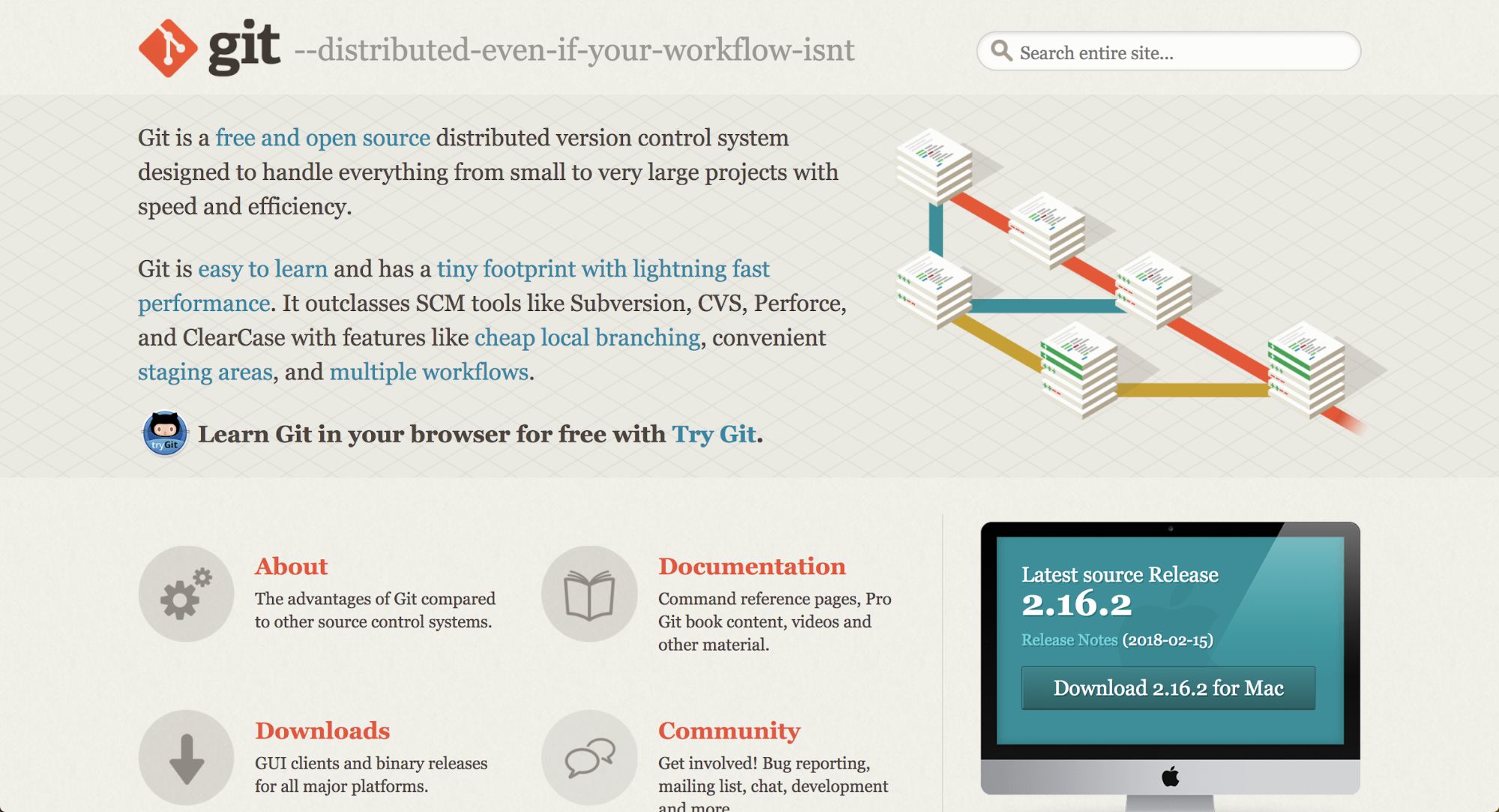-
Book Overview & Buying

-
Table Of Contents

Practical Web Design
By :

Practical Web Design
By:
Overview of this book
Web design is the process of creating websites. It encompasses several different aspects, including webpage layout, content production, and graphic design. This book offers you everything you need to know to build your websites.
The book starts off by explaining the importance of web design and the basic design components used in website development. It'll show you insider tips to work quickly and efficiently with web technologies such as HTML5, CSS3, and JavaScript, concluding with a project on creating a static site with good layout. Once you've got that locked down, we'll get our hands dirty by diving straight into learning JavaScript and JQuery, ending with a project on creating dynamic content for your website. After getting our basic website up and running with the dynamic functionalities you'll move on to building your own responsive websites using more advanced techniques such as Bootstrap. Later you will learn smart ways to add dynamic content, and modern UI techniques such as Adaptive UI and Material Design. This will help you understand important concepts such as server-side rendering and UI components. Finally we take a look at various developer tools to ease your web development process.
Table of Contents (20 chapters)
Title Page
PacktPub.com
Contributers
Preface
 Free Chapter
Free Chapter
Evolution of Web Design
Web Design and its Components
Website-Designing Workflow
Responsive Versus Adaptive Design
Learning HTML5
Learning CSS3
Building Your Own Website
Making Our Website Responsive
Adding Interaction and Dynamic Content
Optimizing and Launching Our Website
What is Bootstrap?
Building a Website with Bootstrap
Introduction to Client-Side Rendering
Tools to Help Your Workflow
Other Books You May Enjoy
Index


